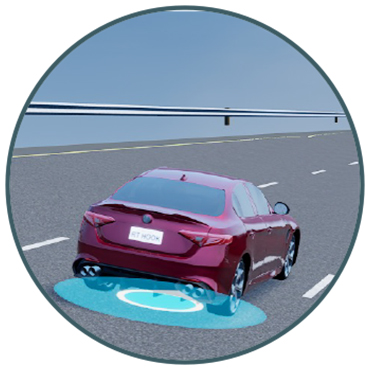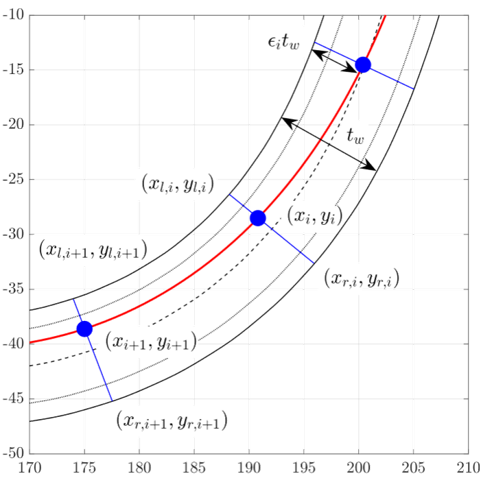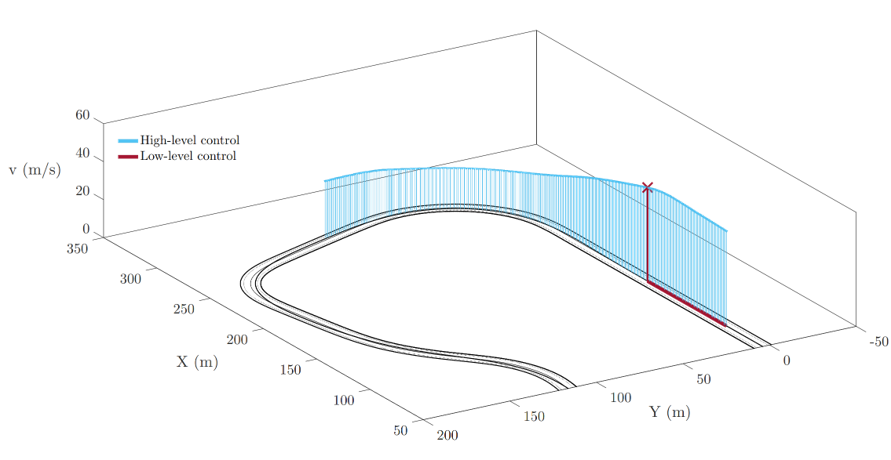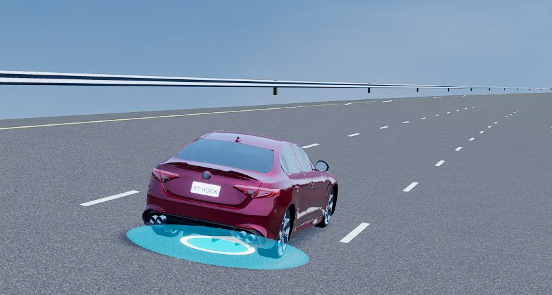SiL: the first step in the real world
SiL testing involves the evaluation and validation of software components within a simulated environment before their integration into the actual hardware.
This methodology allows developers to thoroughly assess the performance, functionality, and reliability of software elements in a controlled virtual setting.
Trying to empower the performance offered by our Corner Brake Actuators, we decided to study and implement a custom ABS logic.
This being the case, we developed 3 different ABS control algorithms, progressively increasing the level of complexity involved.
Then, the effect of each one was assessed on a virtual environment (M42 Hardware and Human in the Loop steering bench) in different cases.
Longitudinal and combined braking conditions, in both low and optimal road-tire adherence circumstances, were examined.

Direct use of production-level software
Complete traceability of both high and low-level requirements
Validation of the specification framework at HW level
FuSa/SOTIF assessment at SW level*

*FuSa: Functional Safety
*SOTIF: Safety Of The Intended Functionality
Case study: ABS logic development
Aim of the activity
comparison of three different ABS algorithms
Method
assessment on a virtual environment with SiL approach
Results
advantages and drawbacks of each controller was tested in different conditions
- Longitudinal braking (high ad low adherence)
- Combined braking (high ad low adherence)

Case study: proprietary ABS logic research
Vehicle model
Multi-degree vehicle model developed in ADAMS environment and implemented in Vi-grade CRT to be co-simulated with Matlab-Simulink
Controls in SiL
- State estimator with an Unscented Kalman Filter
- Electronic Stability Control (ESC)
- Electronic Brake-force Distribution (EBD)
- ABS

Case study: autonomous vehicles
At limit handling condition autonomous driving controller
Trajectory generation
- Minimum curvature algorithm
High-level NMPC
- Computes vehicle velocity profile for the long prediction horizon
- Feed the start braking point to the low-level controller
- High-fidelity 7 DOF vehicle model
Sideslip angle estimation
- Artificial Neural Network (ANN)
- Unscented Kalman Filter (UKF)
- Experimental test
Low-level NMPC
- Determines vehicle action for the short prediction horizon
- Simple point-mass vehicle model
Hierarchical Robot Controller
- High-level Non-linear Model Predictive Controller
- Low-level Non-linear Model Predictive Controller
References
Real-time control for at-limit handling driving on a predefined path – T.Novi, A.Liniger, R.Capitani, C.Annicchiarico
An integrated artificial neural network–unscented Kalman filter vehicle sideslip angle estimation based on inertial measurement unit measurements – Tommaso Novi, Renzo Capitani, Claudio Annicchiarico, 2019


